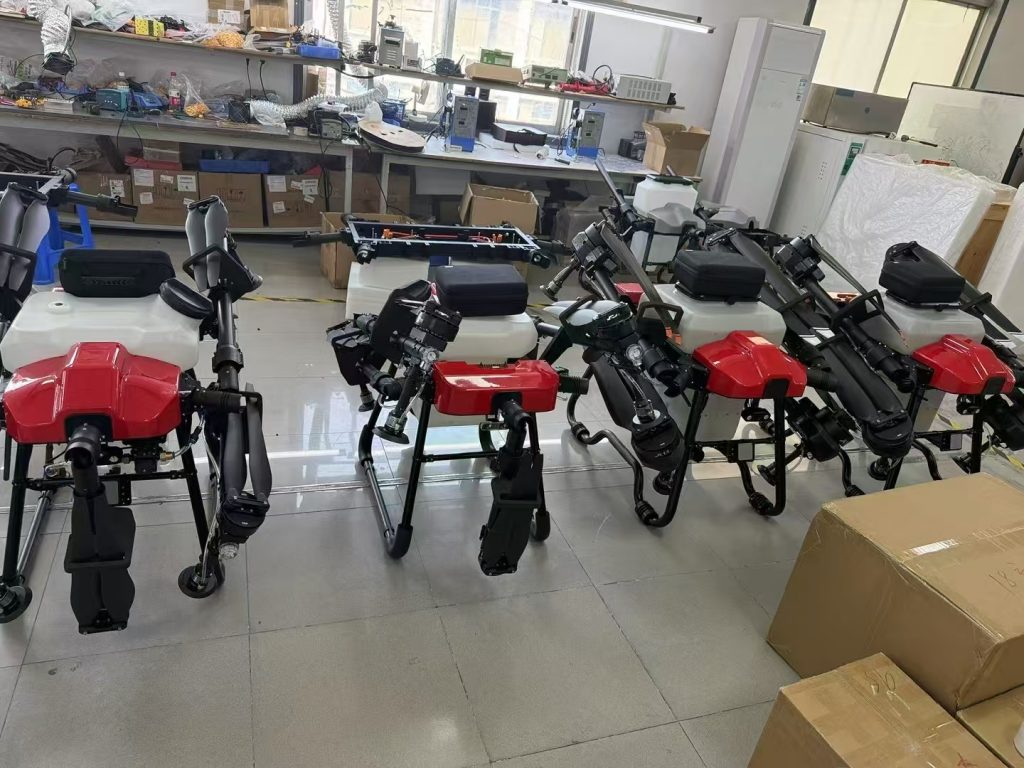
Wings Over the Dutch Caribbean: How Chinese Agri-Drones Are Revitalizing Island Farming in the ABCs
The Dutch Caribbean—comprising Bonaire, Sint Eustatius, and Saba—feels like a world apart. Turquoise waters lap against volcanic cliffs; cacti dot arid plains; and farmers tend small plots of sweet peppers, bananas, and cassava, their hands calloused from generations of working the land. These islands, though tiny (collectively just 328 square kilometers), punch above their weight in resilience. Yet beneath their sunlit charm, farming faces steep odds: tiny plots (most under 5 hectares), salt-laden soils from rising sea levels, and a shrinking pool of young farmers chasing opportunities in Willemstad or Amsterdam. It’s here, amid these tropical challenges, that an unassuming tool is lifting agricultural spirits: agricultural drones imported from China, now soaring over Caribbean fields to rewrite what “island farming” can mean.
The ABCs of Farming: Pride, Pressure, and Scarcity
Life on the Dutch Caribbean islands revolves around the land—even as it struggles to thrive. On Bonaire, farmers grow bitter melon and papaya to feed locals, while Sint Eustatius’ volcanic hills nurture coffee and cocoa. Saba, the “Unspoiled Queen,” is famed for its organic taro and sea moss, sold to eco-conscious markets in Europe. But for all its bounty, farming here is a daily act of balance.
“On Saba, my farm is a 20-minute hike from the road,” says Leroy, a fourth-generation taro farmer. “Carrying tools uphill is exhausting. And with only 3 hectares, I can’t afford to waste water or chemicals. Last year, a blight wiped out 40% of my crop because I didn’t spot it early enough.”
Climate change sharpens these struggles. Rising sea levels salinate Bonaire’s groundwater, stunting root vegetables. Sint Eustatius faces longer dry spells, while Saba’s steep slopes erode when heavy rains hit—taking topsoil and seedlings with them. “We’re a small community,” adds Maria, who manages a family herb farm in The Bottom, Saba’s main village. “If one farm fails, we all feel it. We need tools that work with our islands, not against them.”
Drones Built for Tropical Tenacity
When we first explored exporting to the Dutch Caribbean, we didn’t just send standard models. We studied the ABCs: their microclimates, the way farmers navigate rocky trails on foot, and the urgent need to conserve resources. What emerged was a drone designed not just to fly, but to belong.
Lightweight and rugged: Weighing just 9 kilograms, our drones fold into compact cases, easy to carry up Saba’s volcanic trails or across Bonaire’s salt flats. Their corrosion-resistant frames withstand humidity and sea spray—critical in a region where farms hug the coast. “In the past, equipment rusted in months,” Leroy says. “This drone? It’s still going strong after two seasons.”
Precision for small plots: Multispectral sensors map crop health at the leaf level, flagging early signs of blight or nutrient gaps. For Maria’s herb farm, this meant switching from “spray everything” to targeted doses—slashing pesticide use by 50% and cutting water consumption by 35%. “The drone shows me exactly where the thrips are,” she explains. “I treat just those plants. The rest thrive, and our ‘organic’ certification stays solid.”
Easy to learn, rooted in community: Many Caribbean farmers aren’t tech natives, so we simplified controls: one-touch “health scan” modes, pre-set flight paths for staples like taro and sweet peppers, and training in English and Papiamento (the local creole). “I thought drones were for cities,” admits Kenji, a young farmer in Bonaire who helps his father grow bell peppers. “But after a workshop with the agronomist? I flew one myself. It’s like using a game controller—fun, and it gets the job done.”
More Than Machines: Growing Trust in Paradise
In the Dutch Caribbean, trust is built over juici (local sorrel drink) and conversations under mango trees. We didn’t just ship drones; we set up a small parts hub in Kralendijk, Bonaire, and partnered with local cooperatives like the Bonaire Agricultural Association to host hands-on sessions. “Farmers here talk—loudly,” laughs Ricardo, the association’s head. “If one trusts it, ten will follow. But first, they need to see it work for them.”
That trust deepened when we adapted to their reality. During last year’s drought, we rushed water-efficient nozzles to farmers using our drones. When a hurricane damaged a drone in Saba, our team flew in from China to repair it—and stayed to train Kenji’s brother on maintenance. “You didn’t just sell us a tool,” Maria says. “You stayed when the sky turned angry. That’s family.”
Today, drones are becoming part of the islands’ farming fabric:
-
Taro Fields (Saba): Leroy now monitors his crop weekly, catching blight before it spreads. “My yields are up 20%, and I’m using half the water. My son, who moved to Curaçao, even video-calls to ask about the data. Maybe he’ll come home to farm someday.”
-
Herb Farms (Saba): Maria’s organic herbs now fetch 30% higher prices in Dutch markets, thanks to drone-tracked “zero residue” practices. “Buyers love knowing exactly how we grow their food. It’s pride, too—keeping Saba’s legacy alive.”
-
Coastal Farms (Bonaire): Kenji’s pepper plants thrive with targeted fertilizer, reducing runoff into the island’s fragile coral reefs. “We’re not just growing food,” he says. “We’re protecting the ocean, too.”
A Future Where Tech and Tradition Take Root
What began as a trade deal has become a partnership. Caribbean farmers teach us about their islands: how drones handle Saba’s trade winds, which crops (like sea moss) need gentler spray settings, even which Papiamento phrases make training stick (“¡Vuela, dron!”—“Fly, drone!”—is now a workshop staple). In return, we’re refining our drones: larger tanks for Bonaire’s larger pepper farms, louder alarms to scare off seabirds, even solar panels to extend flight time in the tropical sun.
As the Dutch Caribbean aims to boost local food production by 40% by 2030, drones offer more than efficiency—they offer hope. They let young farmers like Kenji see a future tending land, not just serving tourists. They let elders like Leroy pass down knowledge without burning out. And they let these islands prove that even in a world of mega-farms, small plots can thrive with the right tools.
So when you next see a drone gliding over Saba’s taro fields or Bonaire’s sweet pepper plots, know this: it’s not just flying. It’s carrying the dreams of a community, the lessons of a factory halfway across the world, and the quiet belief that tradition and innovation can grow—side by side, root by root.
After all, the best technology doesn’t replace the past. It helps it bear fruit.
THE END

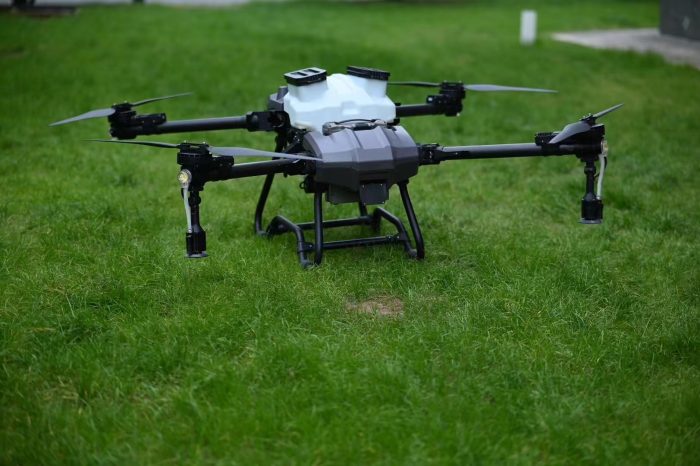
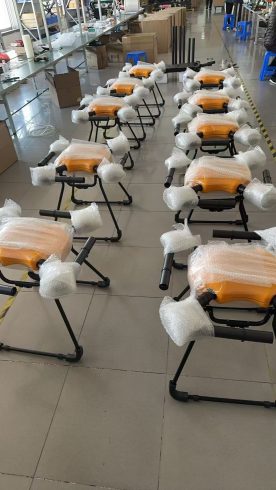
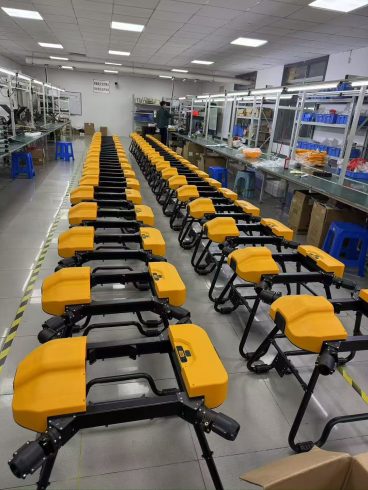


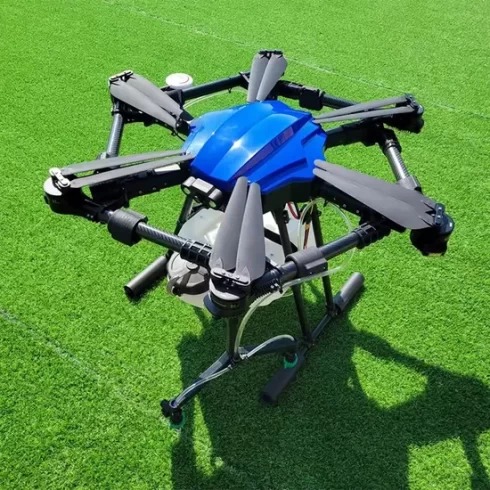

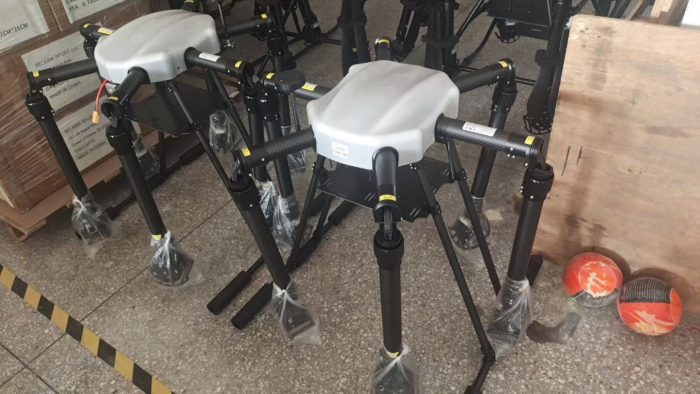

暂无评论内容